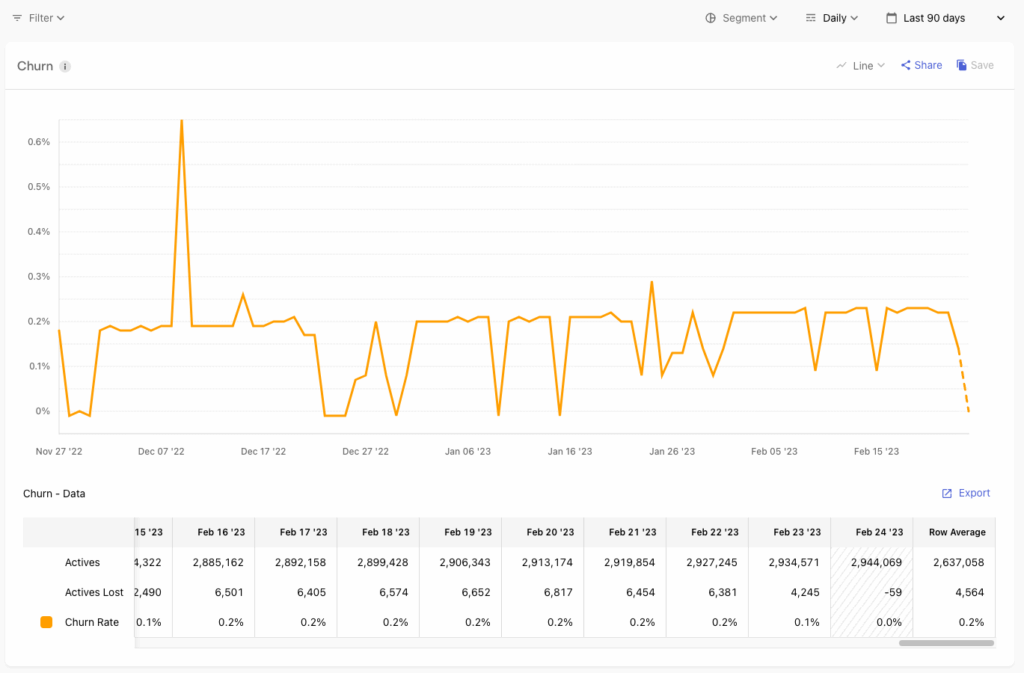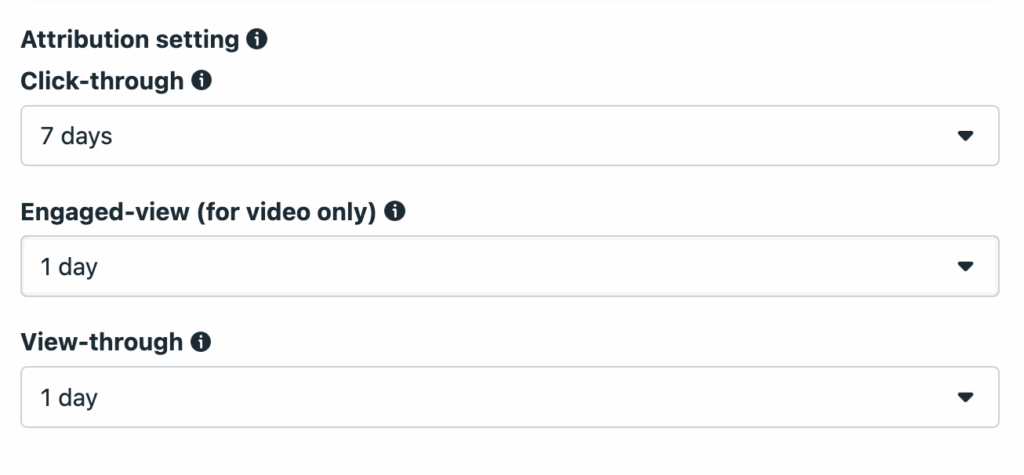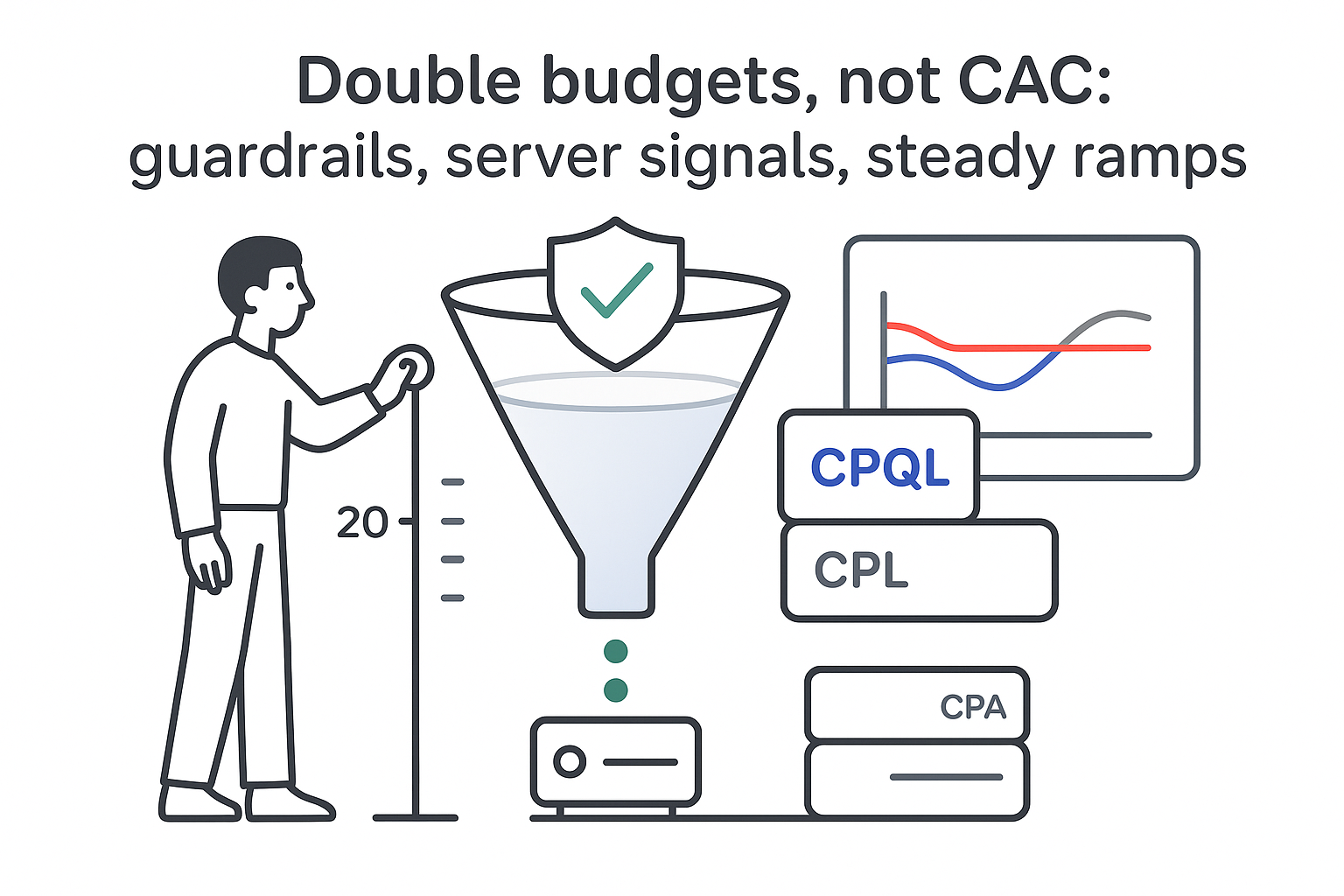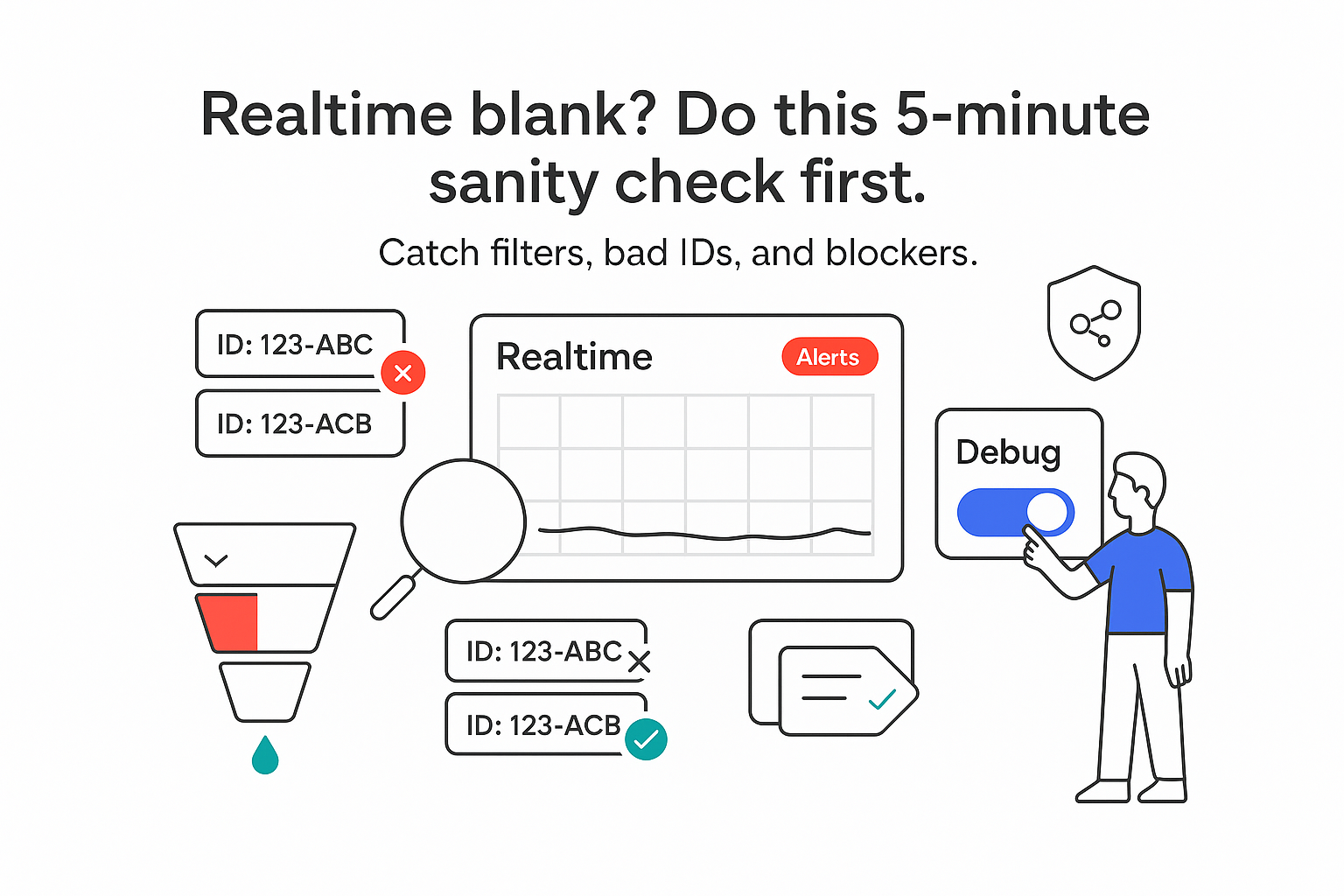Scaling paid media should not feel like riding the brake and gas at the same time. I want growth I can trust, not a spike in form fills with no pipeline to show for it. The goal is simple to say and tricky to do: scale paid ads profitably while protecting margin, keeping sales focused, and avoiding a messy reset every time budgets nudge higher. Here is how I make it practical, measurable, and grounded in how B2B services actually win.
Set guardrails before you scale
Before I push another dollar, I set a few hard guardrails so growth stays efficient when the auction heats up.
- LTV to CAC: 3:1 or better. If the average deal is 25k with 50 percent gross margin and a 30 percent close rate from qualified opportunities, I build LTV from actual retention and margin, not guesses.
- Acceptable CPA range: reverse it from conversion math. If 20 percent of SQLs become opportunities and 25 percent of opportunities close, a 2k CPA can be healthy for a 25k deal with strong margin. A 400 CPA sounds great but often starves volume.
- Payback threshold: name it up front. Many mid-market service motions should target six months or less; enterprise can stretch to nine to twelve if retention is strong. If cash needs to come back faster, I adjust bids and offers so the first 90 days carry more revenue.
- Budget cadence: 10 to 20 percent daily changes on Meta and steadier weekly ramps on Google are safer. Seasonality matters - Q4 CPMs rise and January can be cheaper - so I plan ramps around known swings.

Turn signals into learning, not noise
Good media does not scale on CTRs and CPCs alone; it scales on feedback the platforms can learn from. I pass back offline conversions so SQLs, opportunities, and closed-won revenue inform optimization. I map CRM stages to ad platforms and optimize toward qualified events once I have volume, not just raw leads.
If the median opportunity forms around day 12 after a click, I set a 7-day click plus 1-day view window on Meta for reach, then validate in the CRM with a longer 28-day click and a 60 to 90 day lookback for truth. Budget rules ride on rolling three-day CPA and SQO counts so I do not panic at a one-day wobble.

Balance speed, stability, and learning
Speed, stability, and learning rarely show up together. Bigger budget jumps land reach quickly but risk learning-phase resets on Meta and shaky CPAs on Google. Modest increases keep CPA steadier but can underdeliver when the sales calendar has room to book more meetings. Every structural change risks a reset - consolidated campaigns often learn faster but can hide audience insights; more ad sets give control but slow learning. I pick a path based on funnel volume and team capacity, not just ambition.
Platform notes that consistently save money
Meta: Advantage-style placements often help, but I check placement breakdowns weekly. If Stories or Reels spike frequency, I rotate creative tailored to those placements. Expect roughly 50 qualified optimization events per ad set per week to stabilize learning.
Google Ads: Value-based bidding with tCPA or tROAS can scale once the system ingests enough offline conversion data. If volume is thin, I start with broader conversion maximization while feeding qualified events, then shift to tCPA when volume steadies.
Choose vertical vs horizontal expansion
When the pipeline needs more of the same and ad sets are already hitting CPL and CPQL goals, I go vertical: raise budgets methodically and keep structure stable long enough to judge results. When frequency climbs, creative fatigue appears, or sales has capacity but top-of-funnel is thin, I go horizontal: expand into incremental geographies with similar buying cycles, add net-new audiences built from quality signals, test new creative angles tied to specific pains by role, and tailor assets to additional placements. A simple rule helps: if I am not seeing around 50 qualified events per ad set per week, I widen; if I am and quality holds, I stack more budget.
Make Meta adjustments that stick
Meta is powerful for B2B services when it is fed clean, consistent feedback from the CRM. I treat it like a learning machine, not a slot machine. On the vertical path, I raise budgets 10 to 20 percent per day on winners and resist major edits for two to three days before judging performance. When speed matters, I duplicate with cost or bid caps to guard CPA while testing larger spend. I keep high performers intact instead of over-consolidating and starving learnings.
Qualified events are my primary signal. I prioritize SQL and opportunity events passed via server-side conversions, including fit indicators like company size, role seniority, or industry. If volume is low, I combine form submission with a core action like a booked meeting. For attribution, I start with 7-day click plus 1-day view to scale, then reconcile to 28-day click and longer CRM lookbacks to capture lag; I expect gaps and plan for them.
The most common pitfalls are self-inflicted. Big creative edits and audience overhauls kick campaigns back into learning - so I batch changes and rotate creative on a schedule. If CTR falls and frequency creeps above two per week on a narrow audience, I swap in new angles while keeping the offer steady to protect the signal. If frequency pushes higher, I expand placements with creative designed for Reels and Stories: short text, clear motion, early hook.
Guardrail-based rules I rely on
- Pause an ad set if a three-day CPA is 30 percent above the guardrail and at least three qualified events have not landed.
- Increase budget by about 15 percent if three-day qualified events are up 25 percent and CPA is below target.
- Stop an ad if frequency exceeds 3 while CTR trails the ad set average for two consecutive days.
Measure what actually matters
Clicks are not pipeline. I track the journey from ad to revenue and weight what matters most. The metrics that prove profitable scale are:
- SQLs and opportunities by campaign, using definitions sales accepts.
- Pipeline value with expected revenue and stage weighting for paid-sourced opportunities.
- Contribution margin by cohort: media plus labor versus gross margin on closed-won deals, including creative and tooling, even a fraction of SDR time.
- Incrementality: geo splits or holdouts when feasible; at minimum, the blended slope of pipeline against spend changes.
Attribution will never be perfect. I expect partial credit and pick a source of truth - usually the CRM - then reconcile platform numbers to it weekly. I pass back the right events and optimize to SQL or SQO once volume allows; when it does not, I use qualified lead plus a clear downstream action like a booked meeting.
CAC, CPQL, and payback you can defend
A CFO-grade customer acquisition cost includes every relevant expense: total paid media, ad tooling, creative production, and the marketing ops or SDR labor tied to paid, divided by new customers from paid in the same period. I compare CAC by channel to a blended CAC and judge it alongside payback. Paid can carry a higher CAC if payback is shorter and retention is strong. My LTV to CAC target stays near 3:1 or better, with flexibility for larger deals when gross margin and churn justify it. Attribution windows must match the sales cycle; many B2B motions need 60 to 90 days in the CRM to assign credit reliably. I use platform data for speed and the CRM for truth.
Plain CPL can fool me; CPQL keeps me honest because it forces a quality bar. CPQL equals total paid media spend divided by sales-qualified leads that meet the ICP definition - often a booked demo with the right role and company size, or an accepted meeting after discovery. It tracks closer to pipeline: if CPQL is stable and acceptance holds, pipeline tends to follow; when CPL falls but CPQL rises, I know I am buying forms, not meetings. As guardrails, inbound demo show rates of 60 to 80 percent are solid; if they drop below 50 percent, I check routing and speed-to-lead. For acceptance, 70 to 90 percent of booked demos accepted by sales is healthy when lead scoring is tuned. I keep speed-to-lead under five minutes and route qualified meetings to the right rep so volume does not drown sales.
Payback is where timing meets margin. I define payback as CAC divided by average monthly gross margin per client. For mid-market services, six months or less is a strong target; for enterprise, nine to twelve can work when contract length and retention are proven; for project-heavy work, I push for upfront deposits or setup fees to pull payback inside 90 days. I model scenarios before scaling - what if CPQL rises 15 percent while close rate dips five - and I track rolling cohorts at day 0, 30, 90, and 180. If the day-90 checkpoint lags for two months in a row, I pause budget increases. When I need faster payback without cutting quality, I bring cash forward via onboarding packages or first-month retainers, keep delivery lean so margin holds, and watch churn - fast payback is not a win if it predicts short tenure.
Bottom line
If I take nothing else from this: I set guardrails, send back qualified signals, and scale in a way my sales team can absorb. The result is a steady climb in pipeline and revenue that feels calm - a machine I can push when capacity opens and ease when it tightens.
Book a discovery call with Take Flight Marketing to get a tailored scaling plan for your pipeline, or explore more from Yolanda Williams.







.svg)